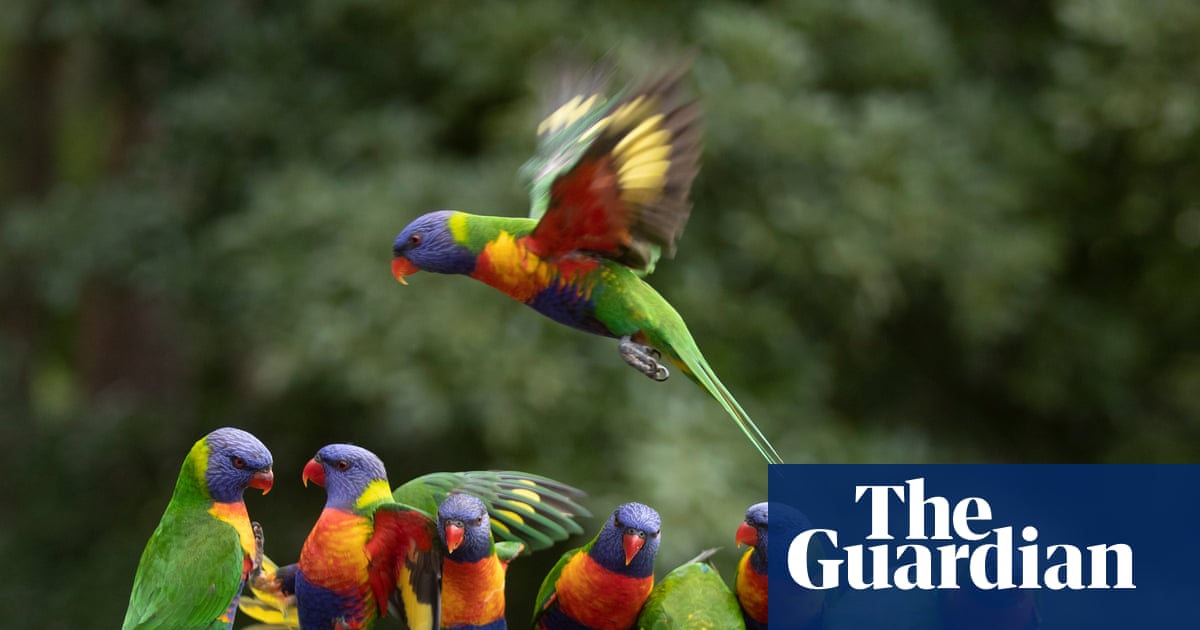The 2025 Aussie Bird Count is about to start. Here’s how to take part – and why you should
Week-long count by citizen scientists around Australia gathers crucial data on our unique birdlife and is now in its 12th year Get our breaking news email, free app or daily news podcast BirdLife Australia is calling on citizen scientists to take part in this year’s Aussie Bird Count, running from 20-26 October. Now in its 12th year, the week-long count gathers crucial data on our unique birdlife, monitoring species that traditional surveys often miss. Anyone can contribute to the national snapshot, which gives insight into the effects of urban development and the changing climate on our feathered friends. Taking part requires no prior birdwatching experience. BirdLife Australia’s “chief bird nerd”, Sean Dooley, says the process was designed to be accessible to all: 2. Pick a spot. Choose any location, your back yard, balcony, local park or work window. 3. Take 20 minutes. Quietly observe and record the birds you see and hear in that location. 4. Submit your sightings. Log the species and numbers via the free Aussie bird count app or the BirdLife Australia website. The app offers an identification tool, allowing users to enter a bird’s size, colour and shape to get a list of possible candidates. Participants can count as many times as they would like during the week, as long as each count lasts 20 minutes and is submitted separately. Last year, more than 57,000 participants collectively tallied 4.1 million birds. The aggregated data is a powerful tool, especially since one in six Australian bird species is now under threat. After more than a decade of reports, the annual count enables BirdLife Australia to track long-term population shifts, identify which species are thriving, and understand the impact of urban development on our diverse bird communities. It is a simple, meditative act that contributes to a collective goal. “It really is a grounding experience, I find it incredibly relaxing, and the feedback we get from people is just that,” Dooley says. Every survey acts as a “pixel in a national snapshot”, Dooley says. “So the more pixels we have, the clearer the images.” The results of the count indicate some species thrive more than others. Last year the rainbow lorikeet topped the event as the most numerous bird recorded across the country – a position it’s held since the count began in 2014. It was followed by the noisy miner and the Australian magpie. Dooley says common, bold species continue to thrive, often to the detriment of smaller, more vulnerable birds. Aggressive species, like noisy miners, crows, ravens and butcherbirds, are increasingly competing for urban real estate, pushing smaller birds out. “After 11 years of the bird count, we’re seeing that the common birds continue to do well: the rainbow lorikeet, noisy miner, magpie, red wattlebird, the little corella,” Dooley says. Despite coming in third, the magpie was recorded by more individual people than any other species, spotted by one in two participants who completed the count. However, the data also highlights worrying trends. “Bird count trends show a decline in the reporting rates of small garden birds – including silvereyes and willy wagtails in almost every city,” Dooley says.



